- EasyCard
- Trade
- Help
- Announcement
- Academy
- SWIFT Code
- Iban Number
- Referral
- Customer Service
- Blog
- Creator
2025 New Choice for Cross-Border Remittance: How Stablecoins Help You Save Time and Money
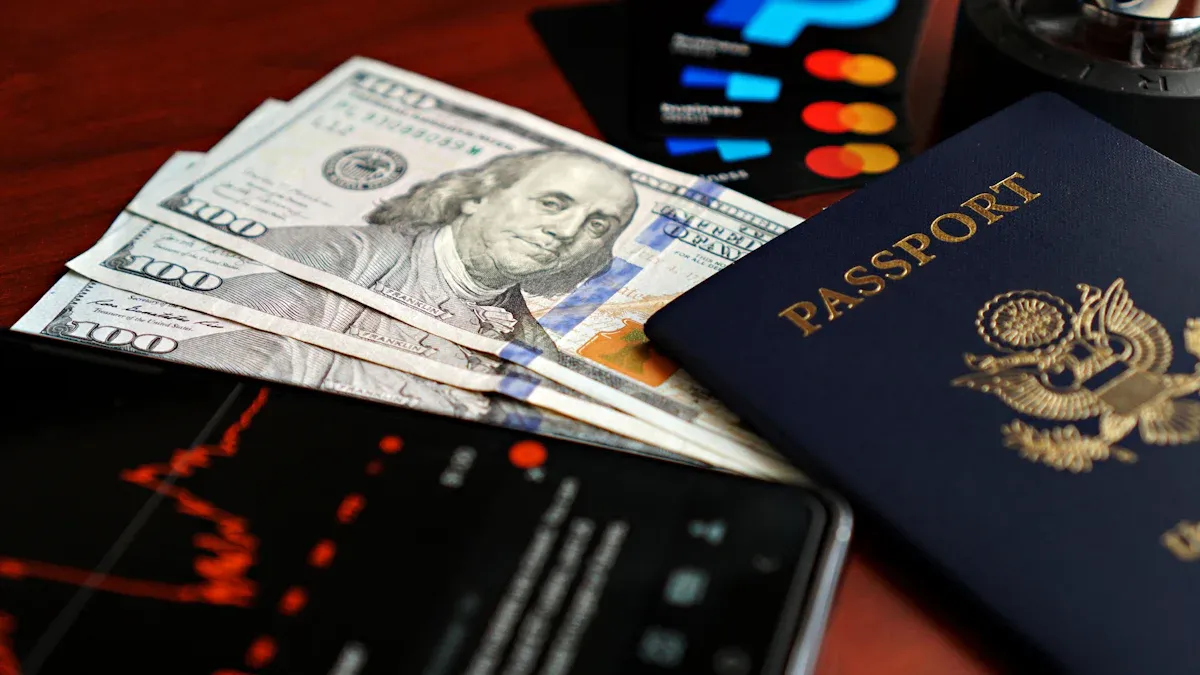
Image Source: pexels
Have you ever been troubled by a cross-border remittance? Traditional banks may charge up to $25 USD in handling fees, and sometimes it takes up to 14 business days for funds to arrive.
Now, a completely new choice is quietly changing everything. Many users worldwide, such as overseas workers in the Philippines, are embracing efficient stablecoin (USDT) remittance solutions. Imagine your funds arriving almost instantly to the recipient while saving a large sum in fees. This is not just a technological innovation but a powerful new tool for managing personal finances.
Key Takeaways
- Stablecoin remittance is much cheaper than traditional banks. It helps you save a lot on handling fees and exchange rate spreads.
- Stablecoin remittance is fast. Funds usually arrive in minutes without waiting days.
- Stablecoin remittance is simple to operate. You just need to choose a platform, buy stablecoin, send it, and the recipient receives the money.
- Choosing the right network is important. TRC-20 network has low transfer fees and fast speed, suitable for cross-border remittance.
- When using stablecoin remittance, be careful of risks. Always verify the receiving address and trade within secure platforms.
Real Cases: How Much Can Stablecoin (USDT) Remittance Save?
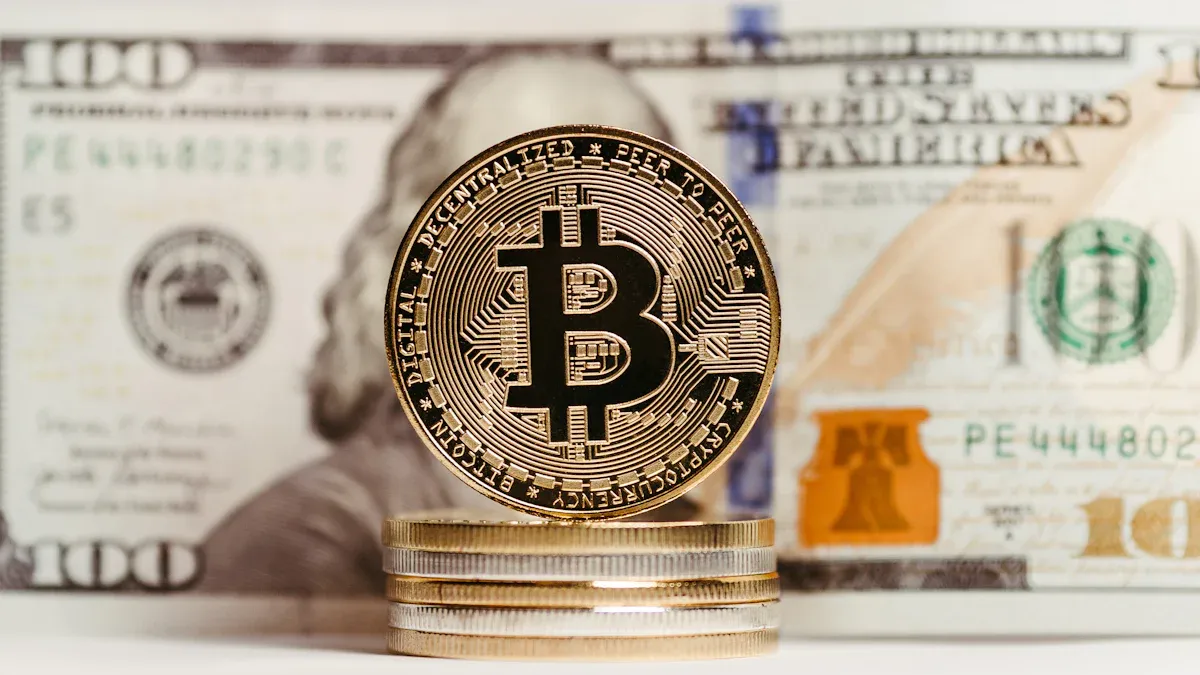
Image Source: pexels
Theory is always dry; let’s intuitively feel how much stablecoin (USDT) remittance can save you in time and money through three real scenarios. You will find that whether it’s large tuition or small salaries, this new choice may bring surprises.
Case 1: International Student’s Tuition Remittance
Assume you are a mainland Chinese student studying in the US, preparing to pay a $30,000 USD tuition fee to the school.
Traditional Method: Bank Wire
You might choose international wire transfer through a Hong Kong licensed bank. The process is usually like this:
- Handling Fee: The bank charges a wire fee, usually $35 to $50 USD.
- Intermediary Bank Fees: Funds may pass one or more “intermediary banks” before reaching the US bank, each deducting $20 to $30 USD.
- Exchange Rate Spread Loss: This is the largest hidden cost. Bank-provided rates usually include 2%-4% markup. For $30,000 USD, this may mean $600 to $1,200 USD extra cost.
- Arrival Time: The entire process takes 3-5 business days, longer with weekends or holidays. You constantly worry if funds arrive on time to avoid missing payment deadlines.
New Choice: USDT Remittance
Now, imagine using USDT to pay this tuition. You can complete the operation on a compliant platform (e.g., Biyapay).
- Handling Fee: The process of buying USDT has extremely low fees. Blockchain network fee (Gas Fee) during transfer is usually under $1 USD (especially on efficient networks like TRON or Solana).
- Exchange Rate Spread Loss: You can almost exchange RMB for USDT at real-time market rates, avoiding bank high markups.
- Arrival Time: Transfer is nearly instant. From clicking send to the school’s crypto wallet receiving, usually just minutes.
Cost Comparison Overview
| Item | Traditional Bank Wire (Hong Kong Bank Example) | USDT Remittance |
|---|---|---|
| Remittance Amount | $30,000 | $30,000 |
| Handling Fee | Approx. $75 (initiating + intermediary) | Approx. $1 (network fee) |
| Exchange Rate Spread Loss | Approx. $600 (at 2%) | Almost zero |
| Total Cost | Approx. $675 | Approx. $1 |
| Arrival Time | 3-5 business days | Approx. 10 minutes |
Through this simple change, you not only save over $670 USD, but more importantly, gain peace of mind and efficiency, no longer anxious about payment deadlines.
Case 2: Foreign Trade Merchant’s Payment Settlement
Your small foreign trade company needs to pay a $50,000 USD payment to an overseas supplier. In traditional trade, wire transfer (Telegraphic Transfer, TT) is most common, but its cost is far higher than imagined.
Traditional Method:SWIFT Wire
According to industry data, a $50,000 USD international wire’s real cost can reach 2.2% to 4.3% of the amount.
- Fixed Fees: Including initiating, intermediary, receiving fees, totaling over $100 USD.
- Exchange Rate Cost: The largest expense from bank rate markup, possibly $1,000 to $2,000 USD.
- Time Cost: Funds in transit for days, occupying cash flow and affecting business turnover efficiency.
New Choice: USDT Settlement
Using USDT for payment settlement completely changes your cost structure.
- Transaction Cost: Blockchain transfer cost is almost negligible, usually under $1 USD.
- Settlement Time: Funds confirmed in seconds or minutes, allowing suppliers immediate receipt and faster shipping.
- Transparency: Every transaction publicly queryable on blockchain; you and suppliers track fund status in real time without repeated bank confirmations.
Cost Comparison Overview
| Item | Traditional SWIFT Wire | USDT Settlement |
|---|---|---|
| Settlement Amount | $50,000 | $50,000 |
| Total Cost | $1,090 - $2,125 (2.2%-4.3%) | $1 - $50 (depending on exchange method) |
| Settlement Time | 2-5 business days | Minutes |
| Intermediaries | Multiple agent banks | None, peer-to-peer |
For businesses needing frequent international settlements, saving over 95% per transaction means tens or hundreds of thousands USD in annual profits. This money can expand business, incentivize teams, instead of giving to banks.
Case 3: Overseas Worker’s Salary Home
Let’s look at a more everyday example. A Filipino friend working in the UAE needs to send $1,000 USD salary home monthly. UAE-Philippines is a major global remittance corridor, but traditional services constantly erode these workers’ hard-earned money.
Traditional Method: Remittance Companies
According to World Bank data, traditional remittance average fee rate remains over 5%. For low-income groups, hidden rate markups may cause up to 20% loss in remittance value.
- Explicit Fees: A fixed handling fee.
- Hidden Costs: Unfavorable rates, the largest cost.
- Total Loss: For $1,000 USD salary, family may ultimately receive only $940 USD or less via traditional channels. $60 USD loss may be a week’s living expenses for an ordinary family.
New Choice: USDT Remittance
Now, this friend can choose USDT to send salary home.
- Cost: Entire process fee possibly only about $1 USD.
- Efficiency: Family receives USDT on compliant Philippine platform in minutes and immediately exchanges for PHP.
- Control: You fully control funds, every penny’s whereabouts crystal clear.
Cost Comparison Overview
| Item | Traditional Remittance Service | USDT Remittance |
|---|---|---|
| Remittance Amount | $1,000 | $1,000 |
| Total Cost | Approx. $60 (at 6%) | Approx. $1 |
| Family Actual Receipt | Approx. $940 | Approx. $999 |
| Arrival Time | 1-3 days | Minutes |
12 remittances annually with USDT leave over $700 USD more for family. This is not just numbers; it respects hard work, ensuring every drop of sweat truly flows home warmly.
Beginner Guide: Complete a USDT Remittance in Four Steps
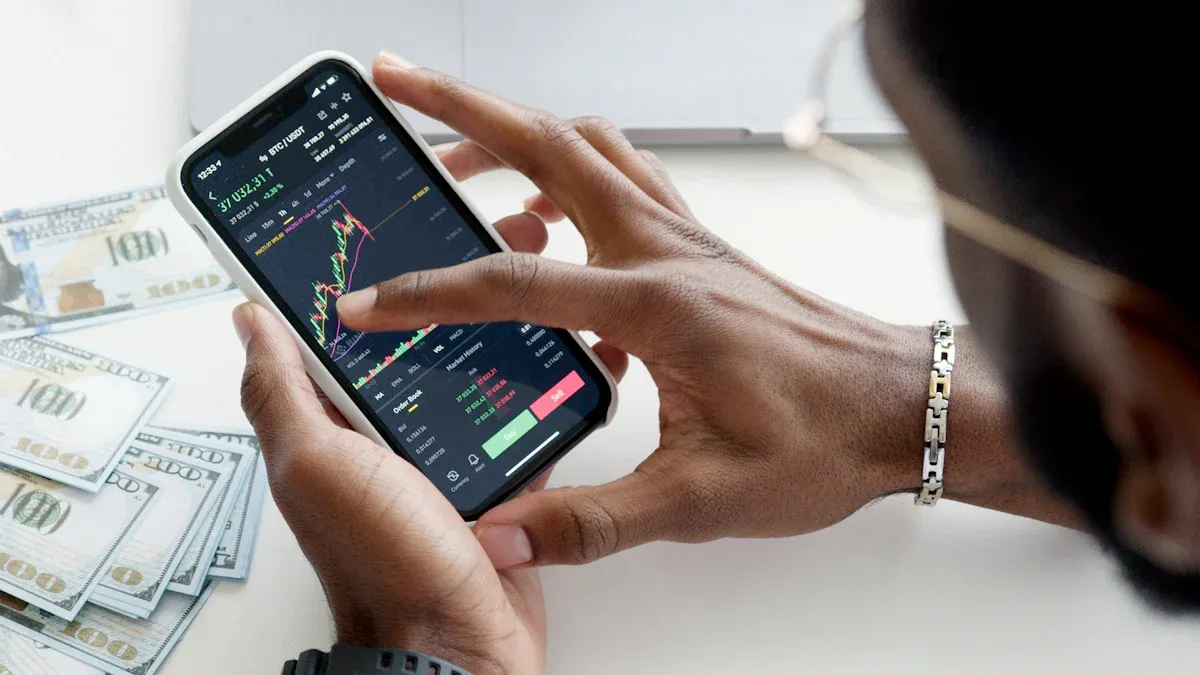
Image Source: pexels
You have seen USDT’s huge potential in cross-border remittance and may be eager to try. Don’t worry; the process is much simpler than imagined. It’s like learning a new payment app; just four steps to master this money- and time-saving skill. Let’s start together!
Step 1: Choose Platform and Open Account
Your first step is choosing a safe, reliable cryptocurrency platform. This is like selecting a trustworthy bank for your funds. A good platform should have the following features:
- Usability: Clean, clear interface, easy even for beginners.
- Security: Provides two-factor authentication (2FA), cold storage, and strong protections.
- Accessibility: Ensures service in your country/region and supports desired fiat.
- Liquidity: Enough users and volume for reasonable USDT buy/sell anytime.
- Customer Support: Quick, effective help for issues.
Many excellent platforms exist, such as Biyapay, focusing on convenient global remittance and payment, very suitable for cross-border needs. Of course, compare others based on your needs:
| Exchange | Security | Fees | User Experience |
|---|---|---|---|
| Uphold | Uses over 100% reserve model, auxiliary self-custody | No monthly fee, but specific services may have subscription fees | Friendly interface, smooth navigation, supports over 300 assets |
| PrimeXBT | Implements multi-layer protection and multi-signature wallet tech | Competitive trading fees | Intuitive interface, 24/7 support, copy trading |
| Swapuz | Non-custodial model and smart contract tech, high security | Flexible fee structure, fixed or floating rates | Interface supports beginners and pros |
Important Tip: Complete Identity Verification (KYC) According to global Financial Action Task Force (FATF) rules, all compliant Virtual Asset Service Providers (VASPs) must perform “Know Your Customer” (KYC). This is a legal requirement to prevent illegal activities and protect your account.
This process usually requires providing and verifying:
- Collect your personal identity information (PII), such as full name, date of birth, and address.
- Upload government-issued ID (e.g., passport or driver’s license) and proof of address (e.g., recent utility bill)
- The platform cross-checks your info with official databases to complete verification.
Though adding a step, it adds a solid security barrier for every future transaction.
Step 2: Buy USDT via C2C
After opening an account, next acquire USDT for remittance. For most beginners, the most direct way is the platform’s C2C (Customer-to-Customer) trading market. Here, you buy USDT directly from other users like shopping on e-commerce, with the platform as guarantor.
You can choose multiple payment methods for flexibility:
- Bank Transfer: Suitable for larger amounts.
- Credit or Debit Card: One of the fastest, simple operation.
- E-Wallet: E.g., Apple Pay, Google Pay, Skrill, or Neteller, fast mobile payment.
- Local Payment Systems: Some platforms support local instant tools like iDEAL (Europe).
Safety Tip: C2C Trading Best Practices C2C is convenient but requires vigilance. Remember these to ensure fund safety:
- Receive Payment First, Then Release: As seller, confirm payment in your bank/wallet before releasing USDT to buyer.
- Reject Third-Party Payments: Only accept from accounts matching buyer’s verified info to prevent fraud.
- Keep Evidence: Save screenshots of all communications and records for contingencies.
- Use Platform Communication: Always communicate in platform’s in-app chat; platform can monitor and intervene in potential fraud.
Step 3: Execute Transfer and Network Selection
When your wallet has USDT, the exciting moment arrives—execute the transfer. This is as simple as sending an email; you just get a USDT wallet address from the recipient and click “Send” or “Withdraw” in your platform or wallet.
Here, you face a key choice: Which blockchain network to use for transfer? Most common are ERC-20 (Ethereum-based) and TRC-20 (Tron-based). This directly determines transfer speed and cost.
| Feature | ERC-20 (Ethereum) | TRC-20 (Tron) |
|---|---|---|
| Transaction Fee | Higher, from a few to tens USD | Extremely low, usually under 1 USD |
| Transaction Speed | Slower, may take minutes or longer | Very fast, usually seconds |
| Main Advantage | High security, mature ecosystem | Cheap and fast, ideal for small high-frequency transfers |
| Main Disadvantage | Gas fees expensive and volatile | Relatively lower decentralization |
For cross-border remittance, TRC-20 network is undoubtedly better. It maximizes stablecoin (USDT) remittance’s low-cost, high-efficiency advantages. During transfer, confirm with recipient they provide the correct network (TRC-20) address.
Step 4: Receive and Exchange for Fiat
When you complete the transfer in minutes, your recipient almost immediately sees the USDT in their crypto wallet. Now, they complete the final step: exchange received USDT for local fiat like PHP, EUR, or JPY.
This can also be done on a compliant crypto platform. The recipient just sells USDT in the platform’s C2C market or “one-click sell” function to exchange for local currency and withdraw to their bank account. The entire process also takes just minutes.
Important Tip: Tax Compliance Note that in many countries (e.g., US), cryptocurrency transactions are taxable events. According to IRS guidelines, gains or losses when exchanging USDT for fiat may need reporting.
- Taxable Event: Exchanging crypto for fiat or one crypto for another may trigger tax obligations.
- Record Keeping: Properly save all transaction records, including date, amount, buy/sell prices.
- Professional Consultation: As local tax rules vary and change, consult local tax professionals for full compliance.
Congratulations! Through these four simple steps, you successfully complete an efficient, low-cost cross-border remittance. You not only save real money for yourself or family but experience the freedom and control brought by fintech.
Opportunities and Risks: The B-Side of USDT Remittance
You have seen the bright side of USDT as a remittance tool, but any powerful tool has its other side. To use it confidently and safely, fully understand its cost structure, potential risks, and exciting future. This not only avoids pitfalls but lets you seize future opportunities.
Cost Structure: Where Exactly the Savings Come From
You may wonder why stablecoin (USDT) remittance saves so much. The answer is simple: you bypass traditional banks’ expensive, inefficient SWIFT network. Your cost structure becomes extremely transparent and streamlined:
- Network Fee (Gas Fee): Paid to the blockchain to process the transaction. Choosing efficient networks like TRC-20, usually under $1 USD.
- Platform Service Fee: Some platforms charge small fees for buy/sell or withdrawal, but competition keeps them far below banks.
- Exchange Rate Spread: The largest saving. In C2C markets, you exchange almost at real-time market rates, avoiding banks’ 2%-4% markups.
Simply put, your money no longer passes layers of intermediaries; every penny counts.
Common Risks and Avoidance Strategies
Opportunities and risks coexist. Understanding risks is the first step to protect funds. Most common risks are two types:
- Counterparty Risk: In C2C, you may encounter dishonest parties. For example, they may send fake payment SMS or induce off-platform trading.
- Technical and Market Risk: Stablecoins themselves have risks. For example, 2022 TerraUSD collapse caused huge market impact.
Your Safety Shield: Avoidance Strategies Fortunately, most risks are avoidable. Be sure to:
- Stick to In-Platform Trading: Never communicate or pay outside WeChat, Telegram, etc.
- Enable Two-Factor Authentication (2FA): Add extra account security; even if password leaks, funds safe.
- Choose Mainstream Stablecoins: Prioritize USDT or USDC with transparent reserves and market-tested.
Beyond Remittance: Future Opportunities of Stablecoins
The stablecoin revolution is just beginning. It’s not just a remittance tool but a gateway to future digital finance.
Traditional finance giants are moving. Western Union plans its own stablecoin USDPT, proving the technology is mainstreaming. In volatile Latin America, fintech DolarApp successfully uses USDC to help millions peg savings to USD, effectively fighting local currency devaluation.
More exciting, stablecoin applications are innovating. Some new stablecoins like GUSD even allow passive income while holding. This signals a new financial ecosystem forming, with unprecedented flexibility and growth potential for your funds.
You have seen traditional remittance’s high costs. Now, it’s time to embrace change. Stablecoin (USDT) remittance reduces average 6.5% bank fees to under 1%, shortens days of waiting to minutes.
Is this choice for you? Ask yourself three questions:
- Is your remittance frequency high?
- Do you want to save on exchange spreads and handling fees?
- Are you willing to learn new tools to control your funds?
If yes, start with a small remittance. Remember, choosing a reputable large platform is the first step to secure your funds.
FAQ
We compiled some most concerned questions for beginners. Hope these answers clear final doubts, letting you confidently take the first step.
Is USDT Remittance Legal?
USDT remittance compliance depends on your country/region’s laws. You need to proactively understand and follow local regulations. In many regions, small peer-to-peer exchanges are compliant, but confirm first.
What If I Send to the Wrong Address?
Be Extremely Careful! Blockchain transfers are irreversible. Once sent to wrong address, funds are permanently lost, unrecoverable. Before transfer, triple-check every character of the receiving address.
Is There a Minimum Remittance Amount?
This is a major USDT remittance advantage. You almost have no minimum limit; whether $10 USD living expenses or larger, operation is equally convenient. Remit as needed.
Besides USDT, Are There Other Stablecoin Choices?
Of course. Besides USDT, USDC (USD Coin) is also popular. It is known for transparent reserves and strict regulation. Choose based on platform support and personal preference.
*This article is provided for general information purposes and does not constitute legal, tax or other professional advice from BiyaPay or its subsidiaries and its affiliates, and it is not intended as a substitute for obtaining advice from a financial advisor or any other professional.
We make no representations, warranties or warranties, express or implied, as to the accuracy, completeness or timeliness of the contents of this publication.
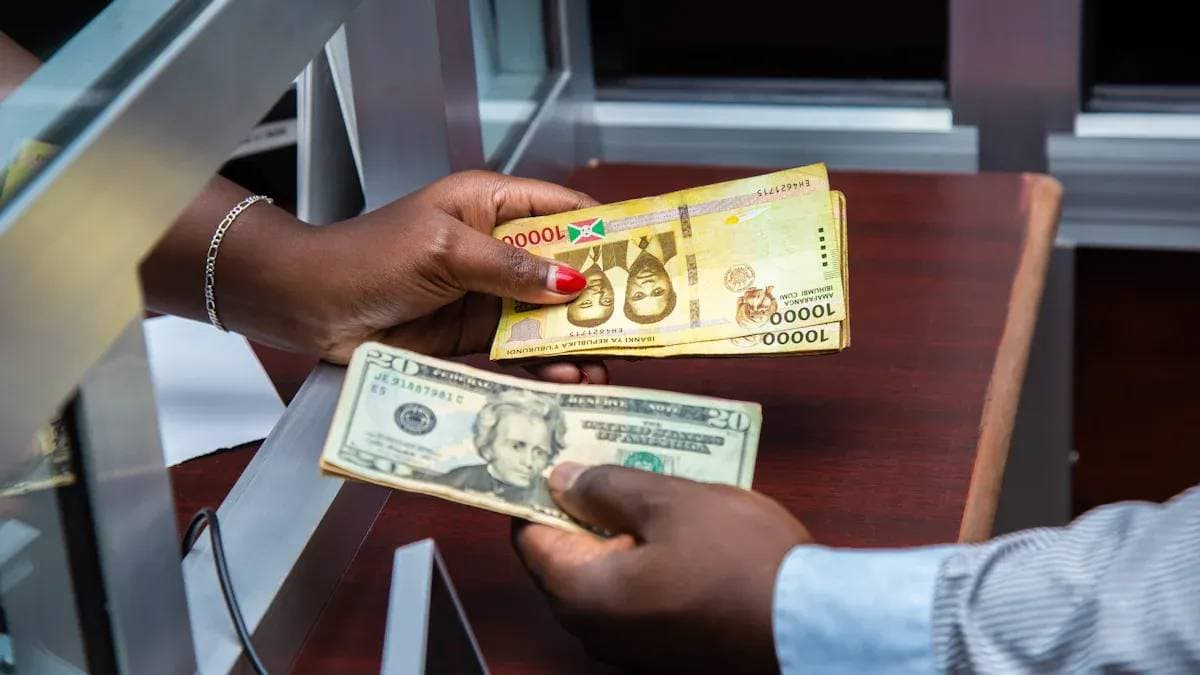

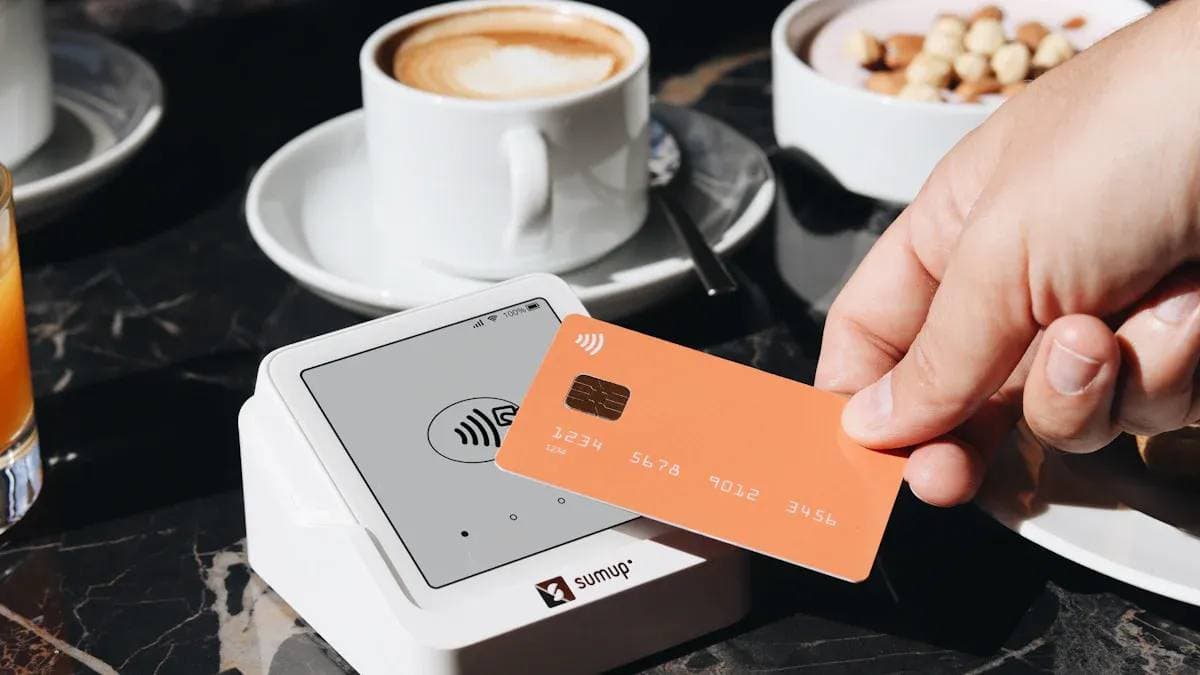

Contact Us
Company and Team
BiyaPay Products
Customer Services
BIYA GLOBAL LLC is a licensed entity registered with the U.S. Securities and Exchange Commission (SEC No.: 802-127417); a certified member of the Financial Industry Regulatory Authority (FINRA) (Central Registration Depository CRD No.: 325027); regulated by the Financial Industry Regulatory Authority (FINRA) and the U.S. Securities and Exchange Commission (SEC).
BIYA GLOBAL LLC is registered with the Financial Crimes Enforcement Network (FinCEN), an agency under the U.S. Department of the Treasury, as a Money Services Business (MSB), with registration number 31000218637349, and regulated by the Financial Crimes Enforcement Network (FinCEN).
BIYA GLOBAL LIMITED is a registered Financial Service Provider (FSP) in New Zealand, with registration number FSP1007221, and is also a registered member of the Financial Services Complaints Limited (FSCL), an independent dispute resolution scheme in New Zealand.




















